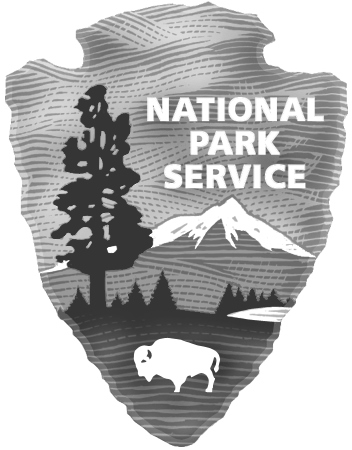This lesson is designed for early in the school year as an introduction to Grade 6 World History and Geography. The Massachusetts History and Social Science Framework states that, “They (students) study the religions, governments, trade, philosophies, and art of these civilizations as well as the powerful ideas that arose in the ancient world and profoundly shaped the course of world history.” As such, it is intended to address the “why study” question of world history. An ideal time to present this lesson is on September 17th, to commemorate Constitution Day.
American Freedom, Independence, and Ancient Influences
American Freedom, Independence, and Ancient Influences

Location
Type of Landmark
Learning Objectives
- Students will be able to identify the dates of: the Battles of Lexington and Concord, the Signing of the Declaration of Independence, the ratification of the Constitution by discussing with their small group and writing down in notes.
- Students will be able to explain the relevance of (ancient) columns and domes in American art and architecture by observing and analyzing the architecture of the MA State House and the Federal Pillars political cartoon.
- Students will be able to explain the purpose of architectural elements in public buildings by drawing or photographing the architectural elements of a public building (their middle School) and writing an explanatory paragraph about them.
Materials
- Photograph of Massachusetts State House
- Student Web access
- Back up screen shots of website in case web access not available
- The Federal Pillars
- Photograph of McCall Middle School on school website
Suggested Instructional Procedures
- Do Now: Discuss in small groups: In relation to U.S. History, explain what happened on: April 19, 1775, July 4, 1776, September 17, 1787.
- As a class, students will observe and analyze a projected photograph of the Massachusetts State House (in Boston). Individual students will come to the board and circle various art and architectural elements they observe.
- Explain to students that the MA State House was built in 1798 and designed by Charles Bulfinch. Bulfinch had previous toured the ruins of ancient Greece and Rome. He later went on to finish designing the U.S. capitol building in Washington, D.C.
- In small groups, students will observe and analyze a series of political cartoons/ drawings that date to the period of ratification of the U.S. Constitution.
- In small groups, students will hypothesize about the reason for columns being used in both the cartoon/drawing and in the architecture of the MA State House.
- Each group will report back to the class about their group’s observations and hypothesis.
Vocabulary
Ratification: To approve or confirm a document's authority.
Pillar: An upright or supporting part, a post.
Column: A rigid, relatively slender, upright support.
Convention: A meeting or formal assembly for discussion of and actions on particular matters of common concern.
Constitution: A document or set of values that lay the foundation for governance, determining what government can and can not do; and what rights do and do not belong to the people.
End of Lesson Assessment
Homework: Students will draw, paint, or photograph the front of our school, and write one paragraph describing the architectural elements of the façade, and explain what the architecture represents. Rubric for evaluation included here.
Subject
Duration of Lesson
Standards/Eligible Content
Common Core Standards
Author
Anne Marie Tan, Middle School Teacher, Massachusetts.
Funders/Sponsors
Cultures of Independence has been made possible in part by a major grant from the National Endowment for the Humanities: Celebrating 50 Years of Excellence
Any views, findings, conclusions, or recommendations expressed in this website or during the institutes, do not necessarily represent those of the National Endowment for the Humanities.
Additional funding is being provided by Wells Fargo through HEAD for the Future, its partnership with HSP, and by Independence National Historical Park.


Attention Teachers!
Let us know how you used this plan and be featured on our site! Submit your story here.
